Michigan communities sit on $90M meant to help drug users, Bridge finds
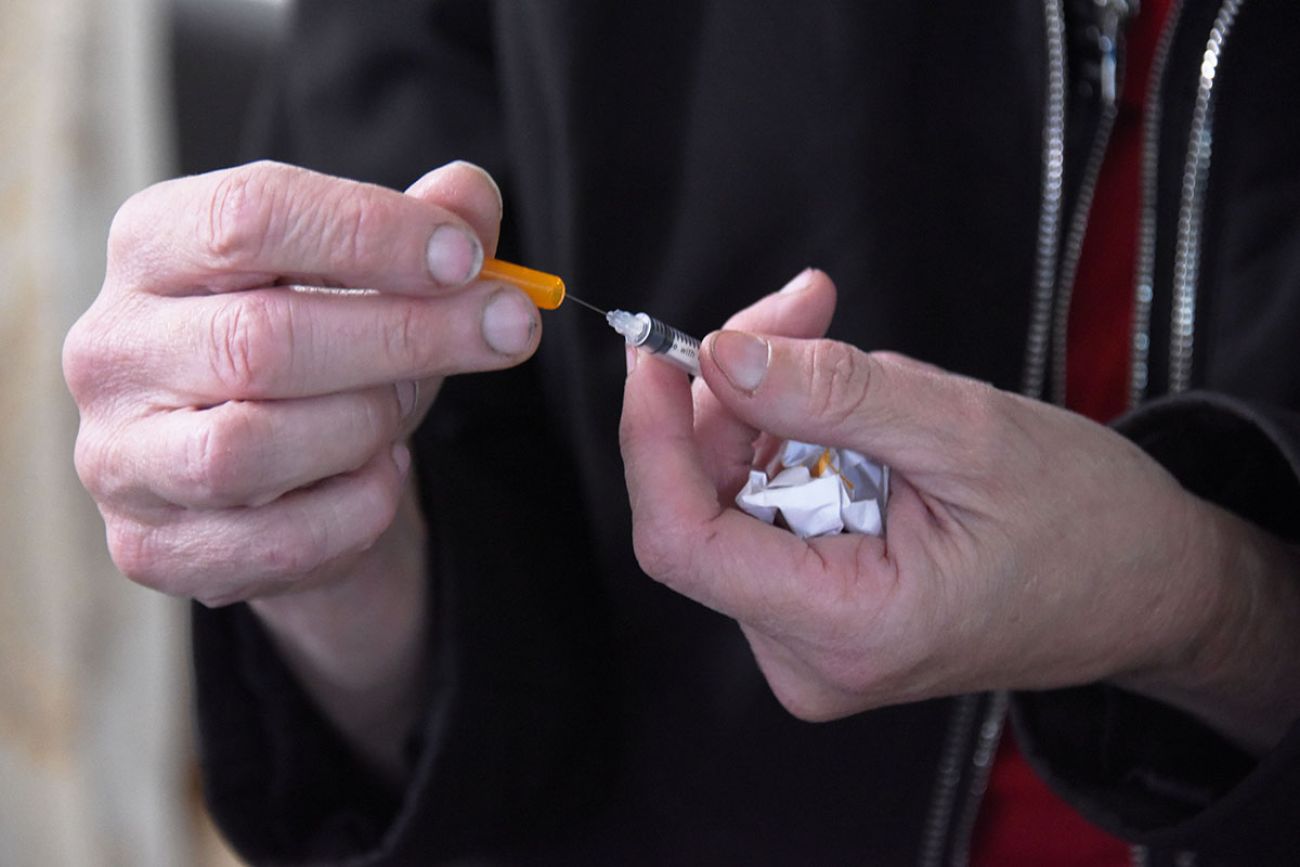
- Michigan’s local governments are finding different ways to spend millions of dollars from opioid settlements
- But some haven’t spent a dime, according to a Bridge investigation
- While some say patience for wise spending is key; others argue that people are dying and providers are struggling to stay open
At least $90 million sent to Michigan communities to fight the opioid epidemic is sitting unspent in government bank accounts, according to a three-month Bridge Michigan investigation.
Bridge found that more than 4 in 10 communities have yet to spend any money from a national lawsuit settlement with drug manufacturers, distributors and pharmacies that were deemed to be partly responsible for the opioid crisis. The funds began arriving in January 2023.
While activists have criticized the pace of the spending, Bridge’s investigation found that the vast majority of money spent so far is going to support those in recovery, rather than incarceration or to fill budget shortfalls.
The scrutiny comes as Michigan is set to receive $1.6 billion over 18 years to mitigate the future harm of the opioid crisis. In 2022, drugs killed nearly 3,000 people — more than those killed by car crashes or guns combined. Opioids were the cause of 80% of those deaths, with a Michigander dying of an overdose every four hours. Preliminary state data suggests those numbers fell slightly in 2023.
The state is receiving about half that money. Local communities receive the remainder and are not required to report how they are spending their funds. Bridge’s investigation provides the first statewide accounting of how communities are handling money critical to curbing the crisis.
“There’s no way to prevent inefficiencies if the state doesn’t have a sense of how it’s being spent,” said Jonathan Stoltman, of the Grand Rapids-based Opioid Policy Institute. “The families that have been impacted (by the opioid epidemic) should know the money being received is being spent well.”
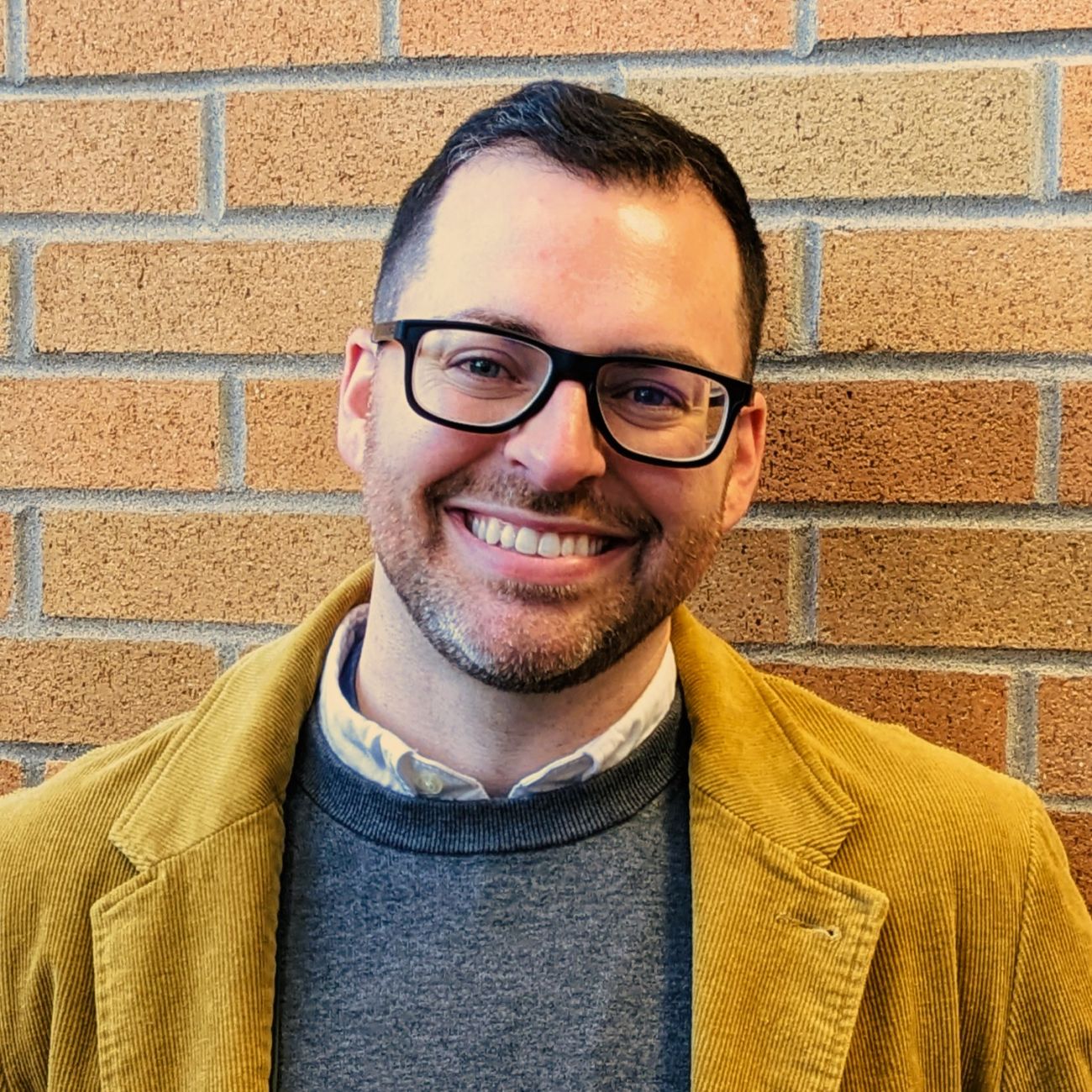
Beginning in June, Bridge made multiple inquiries — by phone, email and with Freedom of Information Act requests — to Michigan’s 83 counties and the 50 cities and townships that will receive more than $500,000 apiece over the 18 years of settlement payments.
Those 133 communities are receiving approximately 97% of all settlement dollars destined for Michigan’s local budgets.
In all, 119 of those communities, or 89%, provided information on opioid spending — although some provided only partial information.
Bridge found:
- Just $36 million, or 28% of the $125 million received so far by those communities, has been either budgeted or spent.
- Among the 119 communities that provided information, 51 (43%) had yet to spend anything at all as of June 1. In those counties, cities and townships alone, $31 million sits in accounts untouched more than a year-and-a-half after the first checks arrived in local coffers
- The settlement mandates money be spent to respond to the crisis, but leaves room to interpret what that means. While most expenditures relate directly to treatment or law enforcement, some spending seems tenuously connected: Flint spent $225,000 on an ambulance, Royal Oak invested $75,000 for software upgrades for EMS dispatchers, and Kalamazoo and St. Clair counties each purchased body scanners for their jails, at $150,000 or more each.
- Two communities have gone further. In southeast Michigan, Farmington Hills has used its settlement funds to backfill its budget from past opioid expenses. In west Michigan, Holland deposited its money into its general fund and is not tracking opioid spending specifically, though it has hired a mental health intervention specialist for its police department.
Spending pace
Bridge launched its examination following months of concerns from the recovery community about the slow spending. The investigation confirmed those fears.
Commissioners in counties as large as Washtenaw, with $3.7 million in the bank, and Ingham, with $2.4 million on-hand, had yet to vote on how to spend opioid settlement funds.
“There’s a strong argument for being deliberate, but it’s pretty ridiculous that some have not spent anything when it started coming in (almost) two years ago,” Stoltman said. “It’s a crisis, and it doesn’t seem like we’re acting at crisis speed.”
Some Upper Peninsula counties are holding onto their money in hopes of pooling resources for a regional treatment facility, while some communities are awaiting needs assessments from Michigan State University.
Spending these once-in-a-lifetime funds is complicated, said David McGreaham, medical director of the Northern Michigan Opioid Response Consortium, part of the Michigan Center for Rural Health.
Based in Traverse City, McGreaham led a task force that made recommendations this summer on how to use an eventual $5.6 million in opioid funds in Grand Traverse County. That county’s commissioners have yet to act on the group’s recommendations, and the county has yet to spend any of the money.
“When there’s not a standard process for counties to prioritize the funds, you get into politics,” McGreaham said. “Now there is an election coming up and that may change priorities.
“It’s a highly variable process,” McGreaham said. “It makes it hard.”
As governments sit on unspent funds, drugs continue to ravage families and organizations operating on shoe-string budgets struggle to keep their doors open, advocates told Bridge.
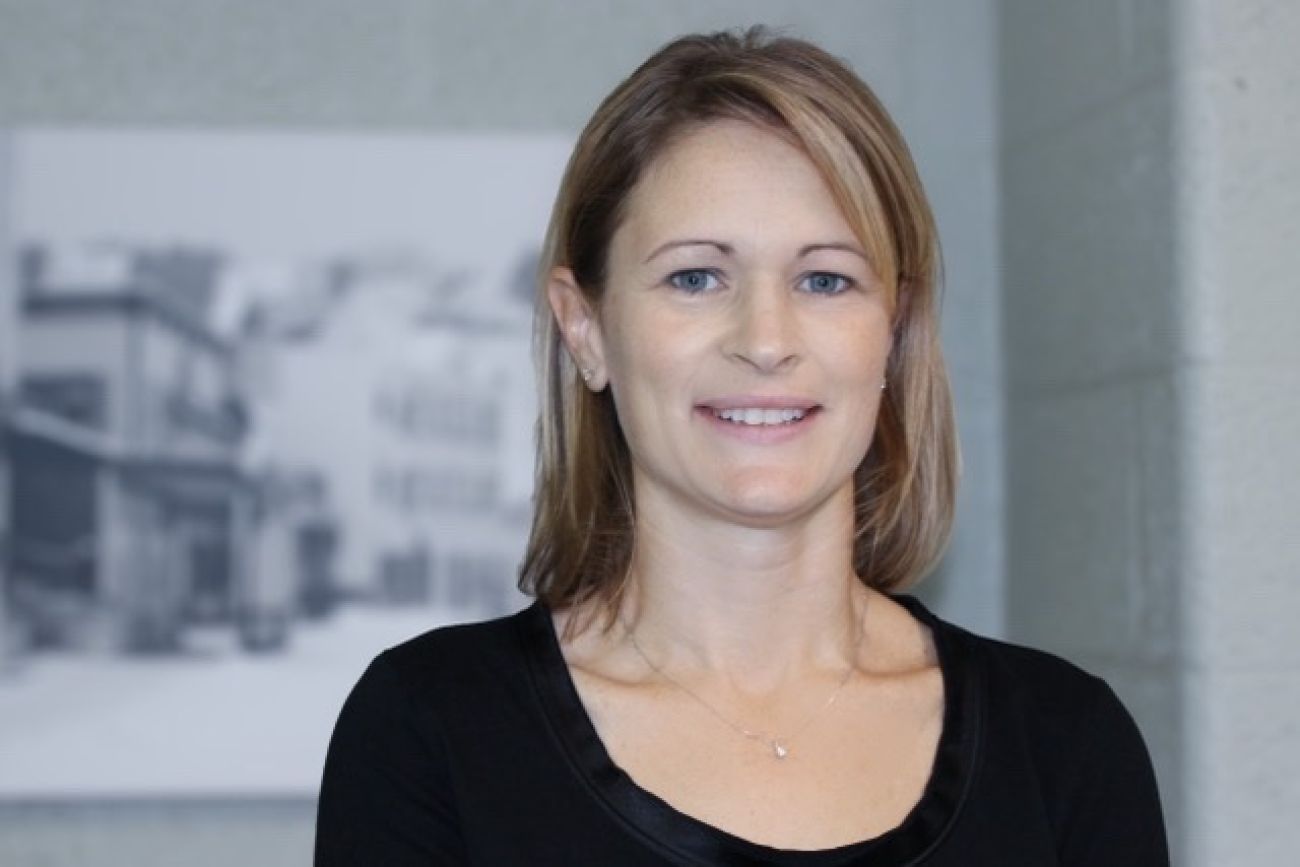
“Settlement dollars need to be flowing,” Paula Nelson, president and CEO of Sacred Heart Rehabilitation Center with facilities around the state, told Bridge Michigan. “We are going to see good providers not able to sustain services if we do not fix the funding issues in our system.”
Related:
- Amid drug crisis, one Michigan city is using money to help backfill budget
- How is your Michigan community spending opioid settlement money? Look it up
- How does Michigan use its opioid dollars? Here’s how Bridge found out
- Mike Rogers vows to fight drug war, but urged opioid access in Congress
- Some opioid settlement funds may sit untouched in Michigan. Here’s why
- Read Bridge's exhaustive coverage this year about opioids abuse and spending
James Franchek agrees. He’s emailed officials in Mason County urging officials to move faster because people like his daughter are dying.

“Why in the world aren’t we moving on this?” asked Franchek, 66, of Ludington, whose daughter Emma was 24 years old when she died of an overdose in Boston in 2016.
“It’s all awful, it’s all awful. I don’t wish that on anyone,” said Franchek, who this week asked Mason County commissioners to include him on a team that would make any spending recommendations.
Now, he said, “I want nothing but to be of service.”
Mason County, which recorded six accidental overdose deaths last year, is waiting for a needs assessment by a Michigan State University team of experts — a process that may not begin until later this year or even next year, said county administrator Fabian Knizacky
Only then will the county set up a task force to make spending recommendations that must be approved by county commissioners — an effort that could take months if not more than a year.
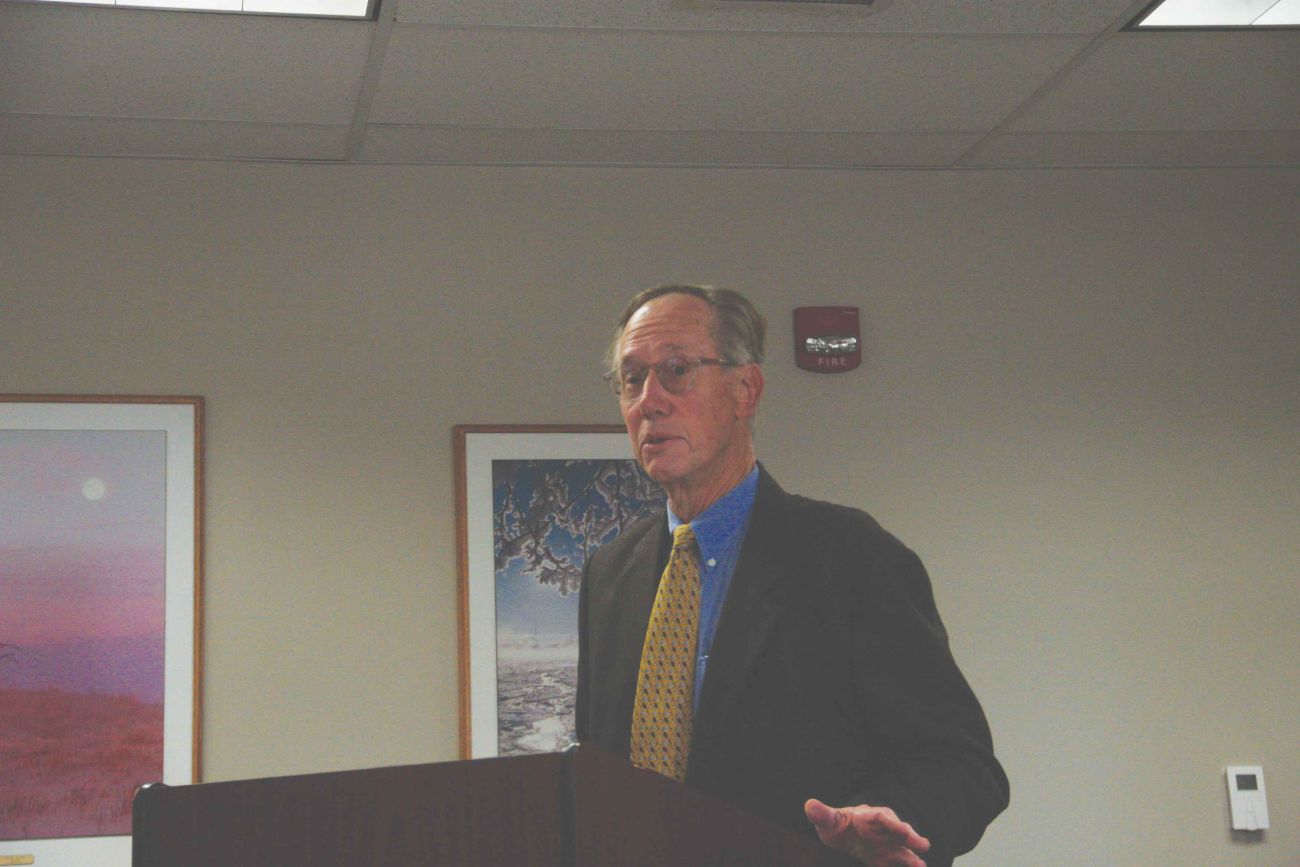
“It’s taking longer than some people like it to,” Knizacky acknowledged. The goal, though, is to rely on independent experts to avoid local biases and to spend the money “wisely,” he said.
For now, the $192,000 the county budgeted this year for the assessment will be moved to next year’s budget, Knizacky said.
Other counties are moving more quickly.
Monroe County received its first payment of $794,738 on Feb. 1, 2023. Twenty days later, commissioners reviewed its first spending plan, based on months of prior planning in anticipation of the settlement funds.
By August last year, the first reimbursement checks were sent to local organizations — Recovery Mobile Clinic for $9,649 and to Catholic Charities of Southeast Michigan for $877 — for services they had provided, according to Monroe County administrator Mike Bosonac.
And the Detroit-based recovery agency, Self-Help Addiction Rehabilitation, or SHAR, will share in Detroit’s opioid dollars to add four recovery coaches and assistance from a psychiatric nurse practitioner, said CEO Dwight Vaughter — a “boots on the ground” work to reach out to homeless people with substance use disorder.
Vaughter and other providers were frustrated this spring when they felt left out of the decision-making process — unable to get phone calls or emails returned, they said at the time.
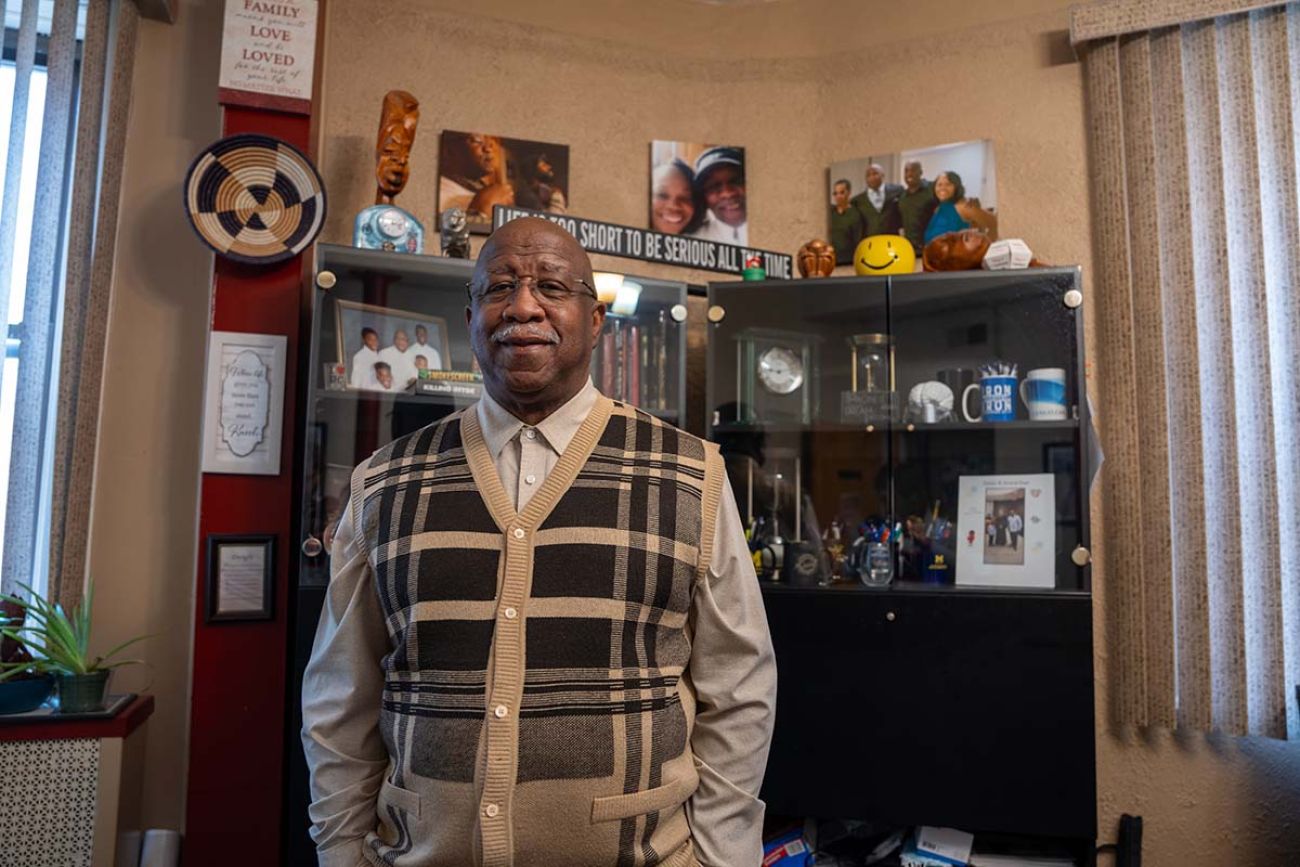
“We’re starting to see that money flow now,” said Detroit-based Benjamin Jones, president and CEO of the Michigan Association of Substance Addiction Providers. “I’m optimistic.”
Deliberation can be wise, especially if spending money immediately doesn’t support proven efforts, said Pam Lynch, director at Traverse City-based Harm Reduction Michigan, an effort that works with people with substance use disorder to reduce risk of their use, such as providing clean needles or supplies to tend injection site wounds.
Still, not everyone is pushing for immediate spending — especially if it doesn’t support efforts proven to work, Lynch said.
“More money going into the same old, same old isn't, isn't going to help,” she said.
Spending varies
Bridge’s analysis reveals that spending decisions vary dramatically by counties.
For example, Oakland County, the state’s second most populous, will spend nearly $300,000 for an epidemiologist for three years. With about $37 million heading to the county, it’s critical that decisions are based on the kind of data and analysis that an epidemiologist can bring, said deputy health administrator Madiha Tariq.
Meanwhile, Flint set aside $330,000 for “public health navigators” to help link people to health resources. As St. Clair County expanded its recovery court with the money, it included a small purchase — $80 — for bus tickets for those without a ride to and from court and treatment.
Wexford County budgeted $4,740 for drug disposal kits for veterans to ensure drugs don’t fall into the wrong hands, said deputy county administrator Jami Bigger.
In broad brush strokes, here is how Michigan governments are spending the bulk of their funds.
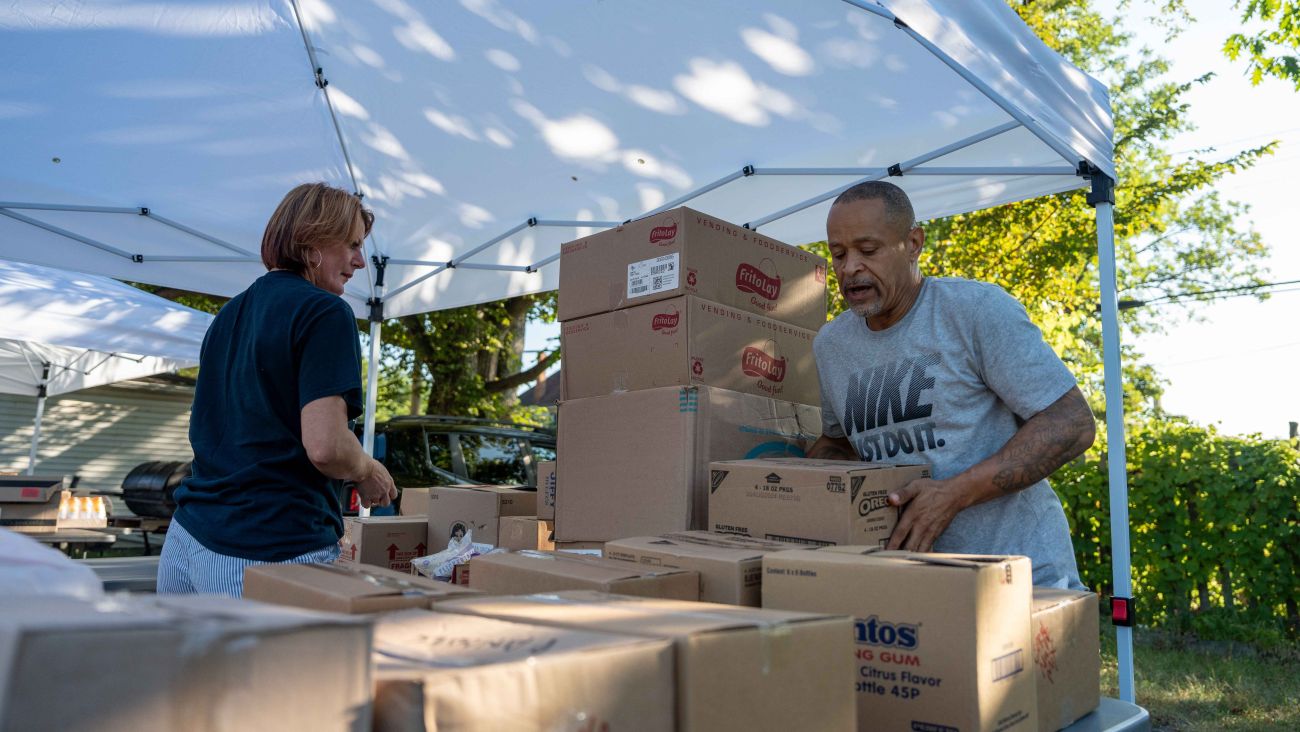
Prevention, treatment and recovery
By far, most of the spending has been focused on prevention, treatment and recovery efforts.
More than $8 million in 27 counties, townships or cities will aim efforts toward prevention efforts in schools and more treatment and recovery staff. That includes clinical staff, social workers and peer support coaches — people who are in recovery, themselves.
Jackson County set aside $88,000 to hire a full-time health educator, whose job will be “geared predominantly toward opioid prevention strategies.” The position carries health and other benefits.
But there are supports that are more critical than they are obvious in treatment and recovery.
Ottawa County hadn’t spent any of the $1.3 million it had received as of June, but its priorities include "increasing childcare for individuals attending treatment and mutual support groups (and) financial assistance for uninsured/underinsured in paying for medications used to treat opioid use disorder,” according to an email to Bridge.
Additionally, at least eight communities are spending money on transportation and housing — basic needs that are crucial in recovery.
Northwest Michigan’s Wexford County budgeted $30,000 in a contract with the Cadillac/Wexford Transit Authority to help transport people from rural Wexford to treatment services across the state, said county administrator Jami Bigger.
It’s not just that transportation is crucial in a rural stretch, she said, it makes sense for the money the county received — $514,352 so far.
“It’s almost like it’s not enough money to do something major, like add a lot of staff,” said Wexford’s Bigger, “but it’s not nothing either.”
In Newaygo County, which will use some of its funds to partner with the school district on prevention programs, administrator Christopher Wren echoed that sentiment: “Bigger counties are talking millions of dollars; we’re talking thousands.”

Harm reduction
At least 17 communities are focusing funds on reducing harm for those who misuse substances — budgeting more than $3.2 million on either harm reduction, emergency medical services, or rapid response teams after an overdose.
As Bridge previously reported, harm reduction efforts include syringe exchanges, clean drug paraphernalia, overdose reversal medications, and drug test strips that can help users detect additives in street drugs.
Kent County, home to the long-time harm reduction group, Red Project, will set aside $30,000 in each of two years to install 100 additional stands around the city that hold free Narcan supplies.
Detroit will spend $111,000 for a “Quick Response Team” to respond to overdoses, while Ogemaw County budgeted $20,000 for drug enforcement officer training.
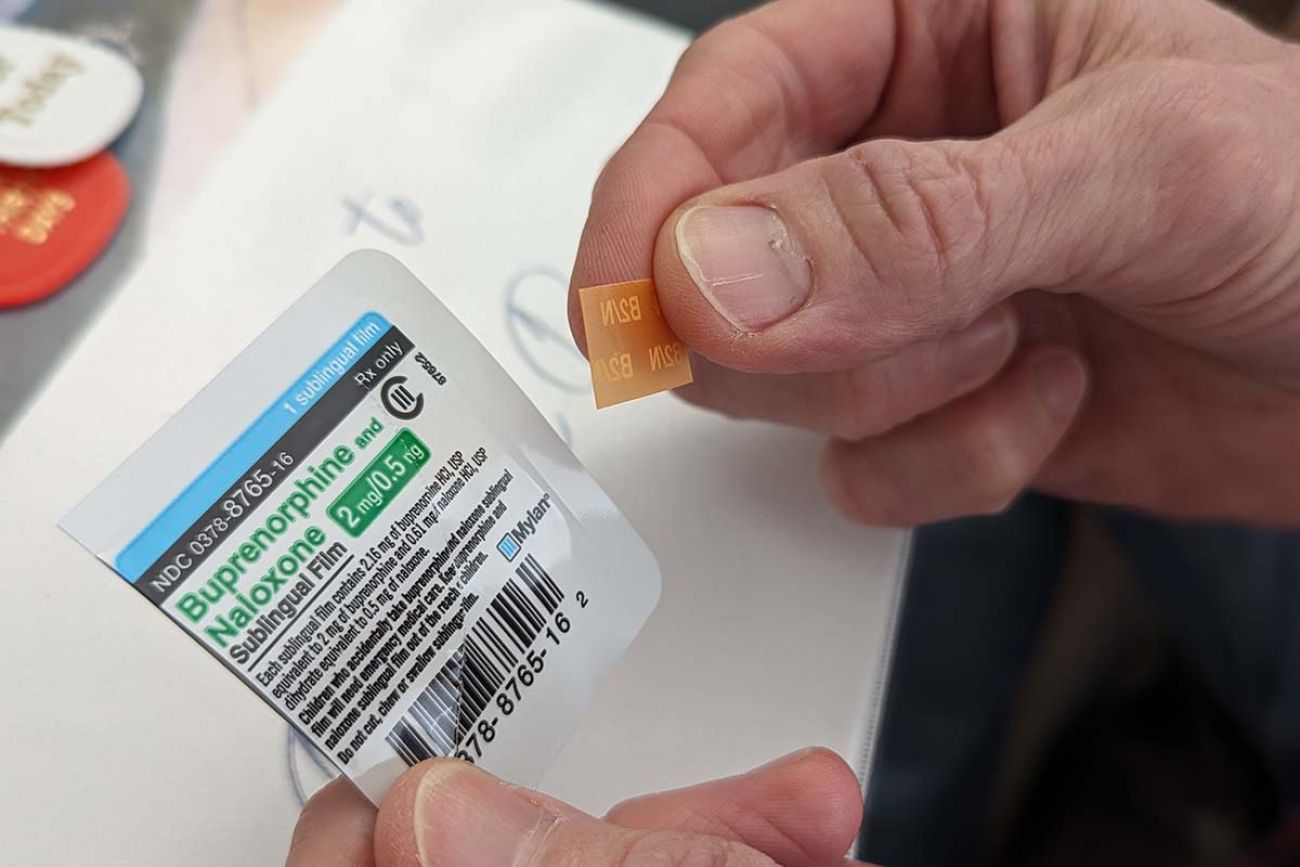
Medication assisted treatment
Several counties are focusing efforts alongside law enforcement, often spending settlement funds inside their jails.
Among the biggest efforts is establishing or expanding services for medication assisted treatment — offering suboxone or vivitrol, for example, to mute the misery of withdrawal for inmates and bolster their chances at recovery.
Nearly $376,000 in funds are directed in the Kalamazoo County Jail. Within that expenditure is a new position for a nurse whose focus will be expanding the jail’s medication assisted treatment program. Kalamazoo also is buying a TEK84 body scanne in which inmates stand for a full-body scan to determine if they are hiding contraband, including drugs.
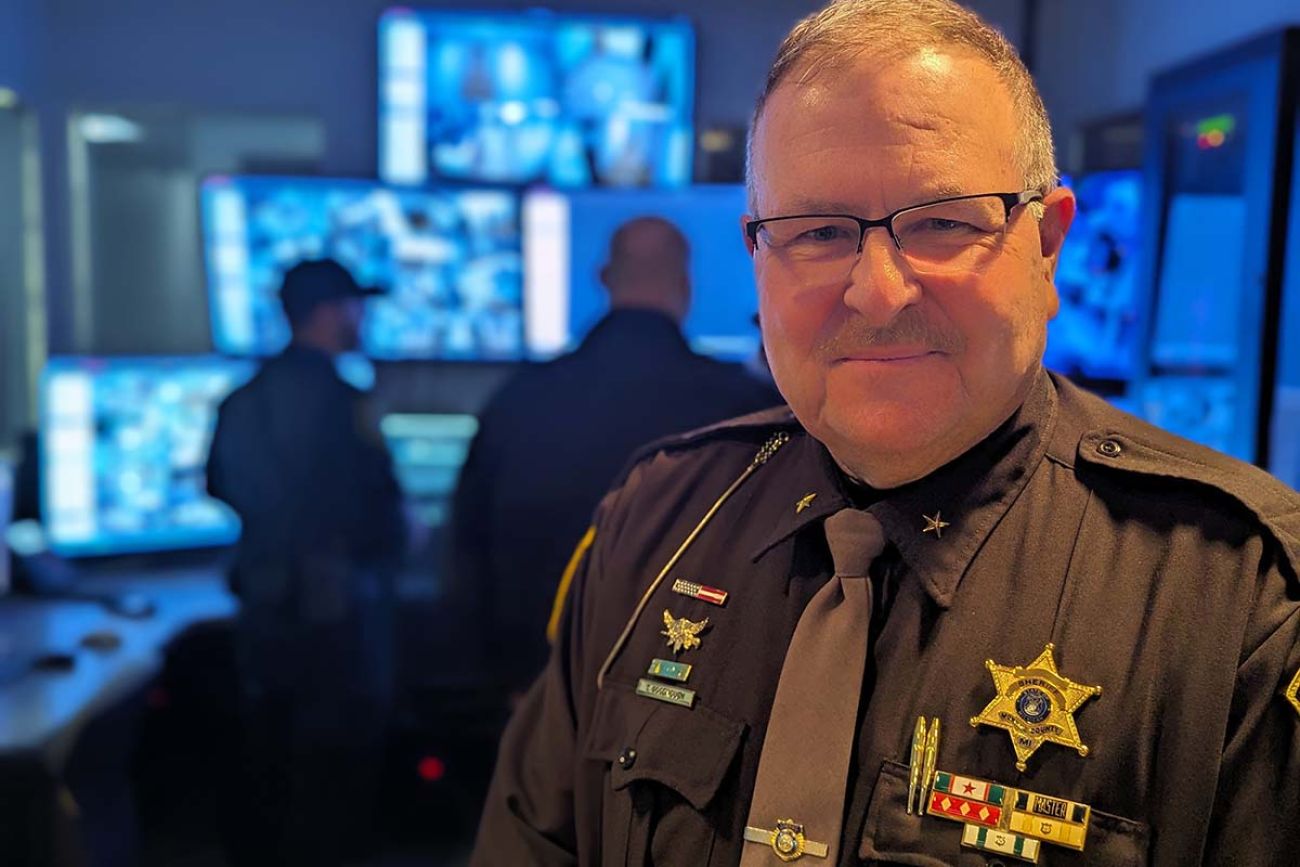
Law enforcement
Other communities, such as Wexford County and Saginaw, are buying TruNarc, or handheld narcotics analyzer kits that can be used in the field by police and others to test suspected drugs, but those kinds of expenditures frustrated some advocates, who say they do more to criminalize residents than to help them fight addiction.
In addition to equipping police with defibrillators, Ogemaw County budgeted $20,000 to train drug enforcement officers in diverting eligible arrestees from prison to treatment.
Those expenditures may be directed at the police department, said county administrator Timothy Dolehanty, but “the focus is really harm reduction.”
Mental health
At least nine governments have budgeted more than $2.1 million to address the links between mental health and substance use.
Wayne County, for example, has set aside $512,705 for “behavioral health services/supports” for youth in the juvenile justice system, while others are adding or better supporting staff at local Community Mental Health agencies to work with clients who misuse substances.
In Macomb County next door, part of the $2.4 million budget will add pretrial staff to assess and divert inmates into mental health and substance use services.
And with more than $41,0000, the county will purchase five special booths that will allow people with substance use disorder to appear virtually in courtrooms outside its county borders, allowing inmates to address charges elsewhere while they stay in Macomb County for mental health services and substance use treatment, said Barb Caskey, director of community corrections and administrator of the opioid funds.
It’s part of a larger effort to focus services on residents behind bars in Macomb, where 85% or more face mental health and substance abuse issues. The opioid money may stop the revolving door of treatment, relapse and arrest — but it requires staff and resources as an inmate approaches his or her release date, she said.
“We are going to be asking ‘Do they have the appointments they need?’ ‘Do they have the medications they need?’ ‘Do they need housing?’” she said.
— Sneha Dhandapani and Daniel Schoenherr contributed to this report
Get help
For help with opioid abuse, call the SAMSHA National Hotline, a 24-hour, 365-day-a-year, treatment referral hotline. 1-800-662-HELP (4357)
See what new members are saying about why they donated to Bridge Michigan:
- “In order for this information to be accurate and unbiased it must be underwritten by its readers, not by special interests.” - Larry S.
- “Not many other media sources report on the topics Bridge does.” - Susan B.
- “Your journalism is outstanding and rare these days.” - Mark S.
If you want to ensure the future of nonpartisan, nonprofit Michigan journalism, please become a member today. You, too, will be asked why you donated and maybe we'll feature your quote next time!





